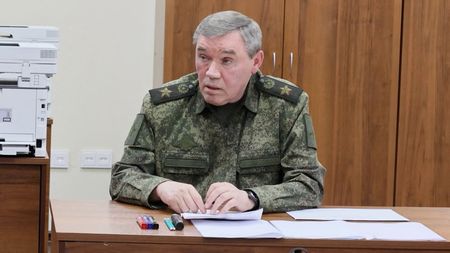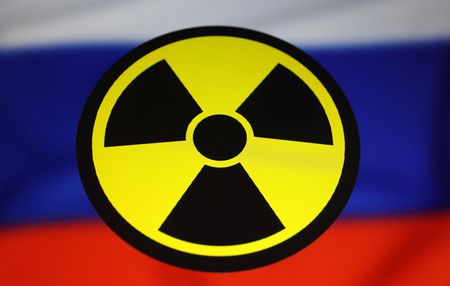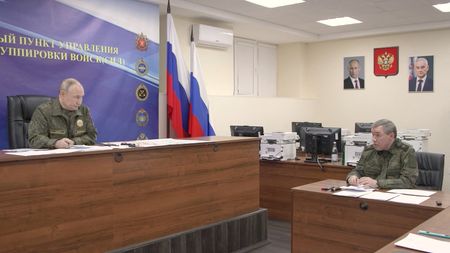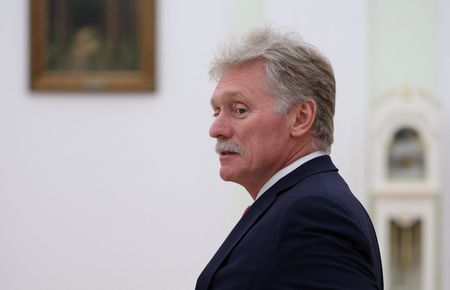(Reuters) -President Vladimir Putin said on Sunday that Russia had tested its Burevestnik nuclear-powered cruise missile. Here are some key facts about the weapon.
– The 9M730 Burevestnik, whose name translates as “storm petrel”, is a ground-launched, low-flying cruise missile that is not only capable of carrying a nuclear warhead but is also nuclear-powered. NATO refers to it as the SSC-X-9 Skyfall.
– Putin, who first revealed the project in March 2018, has said it has an unlimited range and can evade U.S. missile defences. But some Western experts have questioned its strategic value, saying it won’t add capabilities that Moscow does not already have, and may disgorge radiation along its flight path.
– Putin said on Sunday that the weapon was unique. Russia’s top general, Valery Gerasimov, chief of the general staff of Russia’s armed forces, told Putin that in the October 21 test the missile travelled 14,000 km (8,700 miles) and was in the air for about 15 hours. He said it travelled on nuclear power, could defeat any missile defence and has an unlimited range.
– Its nuclear propulsion is designed to enable it to fly much further, for longer, than traditional turbojet or turbofan engines that are limited by how much fuel they can carry. This would allow it to “loiter” for an extended period before hitting a target. The Nuclear Threat Initiative, a U.S.-based non-profit security organisation, said it could stay aloft potentially for days: “In operation, the Burevestnik would carry a nuclear warhead (or warheads), circle the globe at low altitude, avoid missile defenses, and dodge terrain; and drop the warhead(s) at a difficult-to-predict location (or locations),” it said in a 2019 report.
– Some Western experts say the Burevestnik’s subsonic speed would make it detectable, and it would become more vulnerable the longer it stayed in flight. Responding to this, Russian military expert Alexei Leonkov wrote in 2019 that the role of Burevestniks would be to eliminate the “remnants” of the enemy’s command posts, military bases, factories and power plants after Russia had already fired intercontinental ballistic missiles, by which point the opponent’s air-defence systems would be incapable of stopping them. He said Burevestniks would “trample the aggressor countries into the Stone Age”, completing the destruction of their military and civilian infrastructure.
– The International Institute for Strategic Studies, quoting a specialist Russian military journal in 2021, said the Burevestnik would have a notional range of up to 20,000 km (12,400 miles), so could be based anywhere in Russia and strike targets in the United States.
– The same Russian journal said the notional altitude of the missile was just 50 to 100 metres (164 to 328 feet), much lower than a conventionally powered cruise missile, which would make it harder for air-defence radar to detect.
– A 2020 report by the United States Air Force’s National Air and Space Intelligence Center said that if Russia successfully brought the Burevestnik into service, it would give Moscow a “unique weapon with intercontinental-range capability”.
– Experts assess that it would be sent aloft by a small solid-fuel rocket to drive air into an engine containing a miniature nuclear reactor. Superheated and possibly radioactive air would be blasted out, providing forward thrust.
– The Burevestnik has a poor test record with numerous past failures, according to Western experts. In 2019 at least five Russian nuclear specialists were killed in an explosion and release of radiation during an experiment in the White Sea, and U.S. intelligence sources said they suspected it was part of a test of the Burevestnik. Putin presented their widows with top state awards, saying the weapon they were developing was without equal in the world, although he did not name it. Putin announced a successful test of the missile in October 2023.
– Two U.S. researchers said in 2024 that they had identified the probable deployment site for the missile, alongside a nuclear warhead storage facility called Vologda-20 or Chebsara. The site is 295 miles (475 km) north of Moscow.
(Reporting by Mark Trevelyan and Jonathan Landay; editing by Guy Faulconbridge, Elaine Hardcastle)











